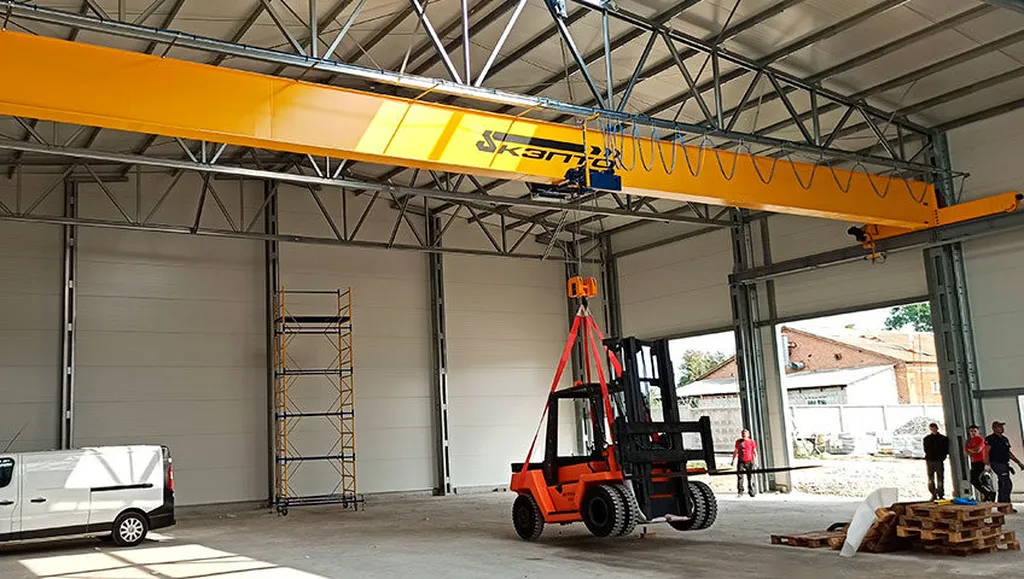In the ever-evolving world of industrial construction, the design of steel crane beams plays a pivotal role in ensuring the safety and efficiency of buildings, particularly in the energy sector. A recent study published in *Nauka ta progres transportu* (which translates to *Science and Transport Progress*) sheds light on the differing approaches to crane beam design between China and Ukraine, offering valuable insights for engineers and architects worldwide.
The research, led by A. V. Radkevych from the Ukrainian State University of Science and Technologies, SEI DIIT, focuses on the design of a 6-meter span steel simply supported crane beam. The study assumes a load from an electric overhead crane with a lifting capacity of 25 tons, a common scenario in modern energy enterprises.
Radkevych’s team conducted a comprehensive comparison of the design methods and approaches according to the current standards of China and Ukraine. “The Chinese standard imposes more stringent requirements both for the material used in crane beam production and for design and construction solutions,” Radkevych explains. This finding highlights the potential for enhanced safety and durability in structures adhering to Chinese standards.
The study also revealed that while the Chinese standard uses a fundamentally different conceptual approach to ensuring general and local stability compared to the Ukrainian standard, the final solution yields approximately the same level of bearing capacity. This duality suggests that both standards have their strengths and weaknesses, offering a balanced perspective for engineers to consider.
The practical implications of this research are significant. By understanding the nuances of both standards, engineers can make informed decisions that optimize safety and efficiency in industrial buildings. “The paper develops and proposes for practical implementation a design variant of a steel simply supported crane beam, which meets the requirements of the current standards of China and Ukraine in the field of metal construction,” Radkevych notes.
This research is particularly relevant for the energy sector, where the integrity of industrial buildings is paramount. As cooperation between China and Ukraine continues to grow, the exchange of knowledge and best practices in construction standards becomes increasingly valuable. The study not only identifies the strengths and weaknesses of each standard but also outlines the main fundamental differences, providing a roadmap for future developments in the field.
In conclusion, Radkevych’s research offers a thought-provoking analysis that could shape the future of crane beam design. By bridging the gap between Chinese and Ukrainian standards, engineers can strive for higher safety and efficiency benchmarks, ultimately benefiting the energy sector and other industries reliant on robust industrial buildings.

